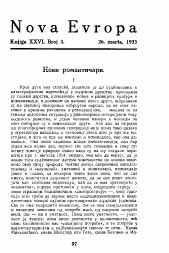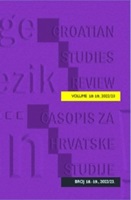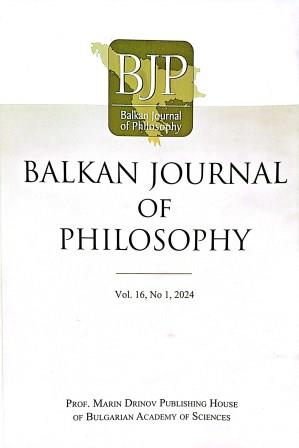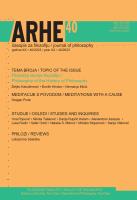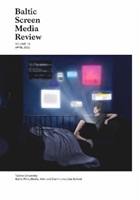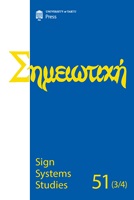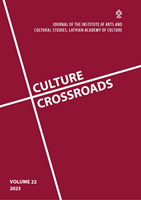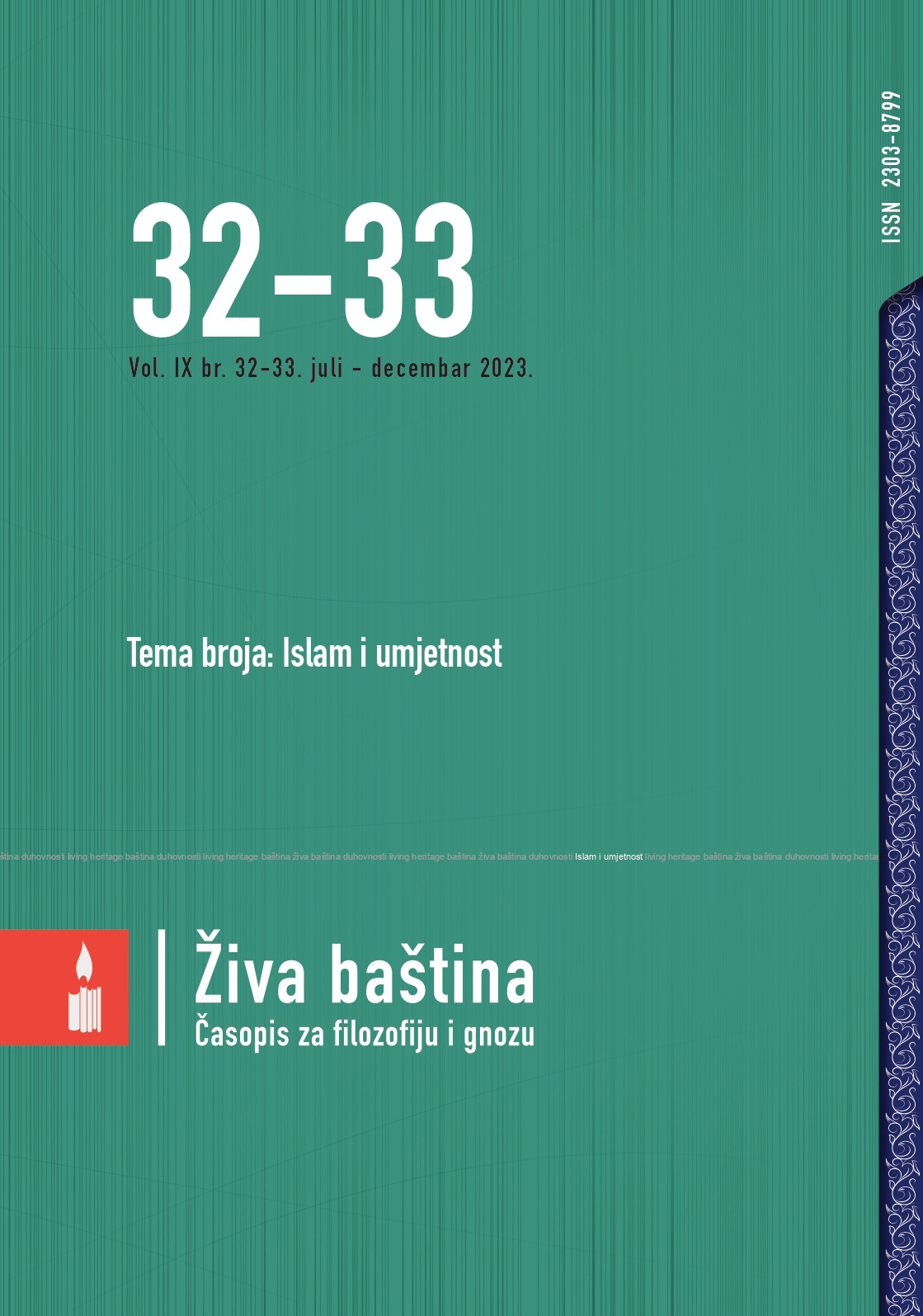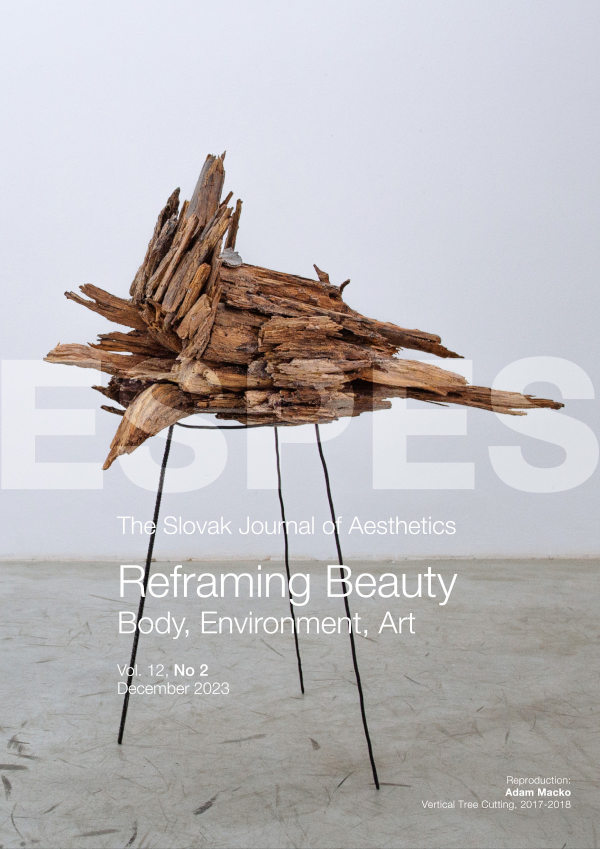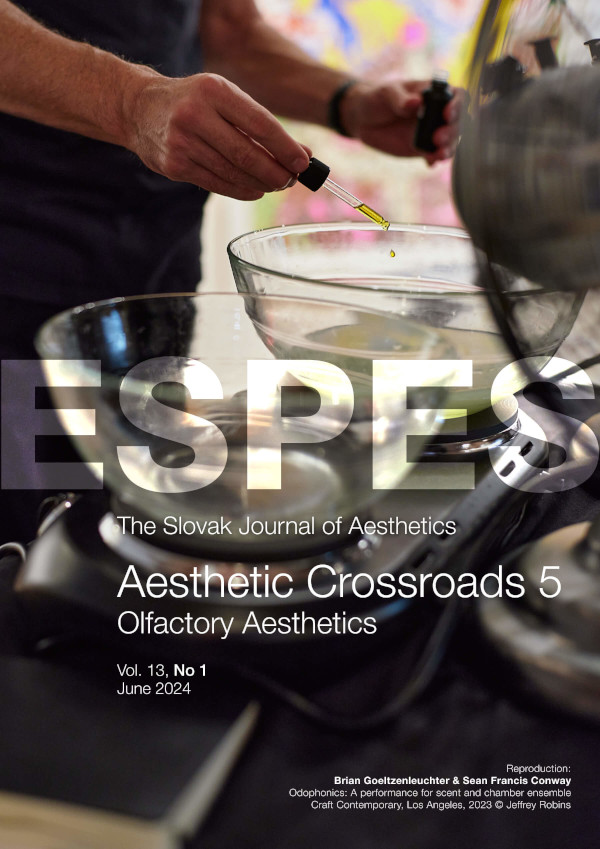Author(s): Adrian Petre-Spiru / Language(s): English,Romanian
Issue: 15/2023
In an overview of color, in its various forms of appropriation or expression, this is an integral element of the environment, represented by the living organisms of the natural environment and by different man-made creations. Color has always been a key of importance in the evolutionary processes of the human habitat, influencing people’s emotional states from the first forms of shelters to the huge urban concepts. The environment and its diverse colors, with which it naturally appears to us, are perceived by human intelligence through objective or subjective processing and judgment of visual information. This information, complemented by communication, can influence the psyche in the processes of analysis, presentation and objective materialization. The effects are substantially generated by the external appearance of the volume, expressed by colors, with a decisive role for the context of which it is part. This paper studies color as an attribute of the natural environment, but also as an intervention of human activity, truly important to achieve aesthetic or decorative values, but especially to satisfy the needs on whose existence human evolution may depend on. Part of the color study will be approached in a comparative manner, between the natural and urban environment, on various important directions of specific fields, where human decision can improve, alter or destroy the image of the architectural object or the urban one. The relationship between the two environments will also be touched upon, through which the building can achieve a visual and functional connection, integrating sustainably through form, adapted materials and associated colors. This research starts with the study of the psychological effects of colors in the field of architecture, with a focus on the role of the creator to influence the viewer’s perception through the organized and coherent use of a chromatic palette, the ultimate goal being the acquisition of studied ways of applying shades indifferent contexts, through various textures.
More...
